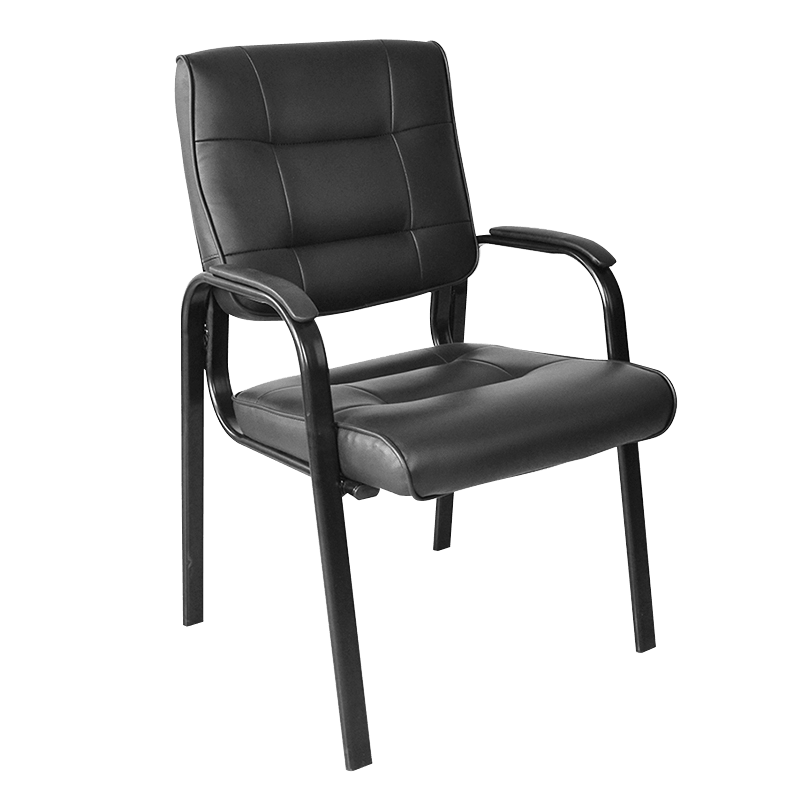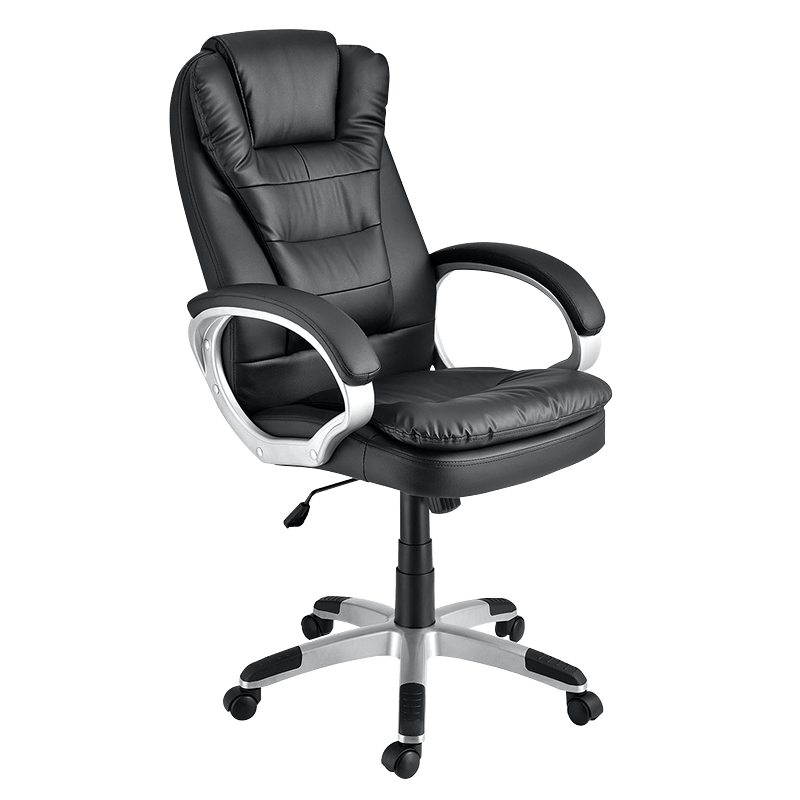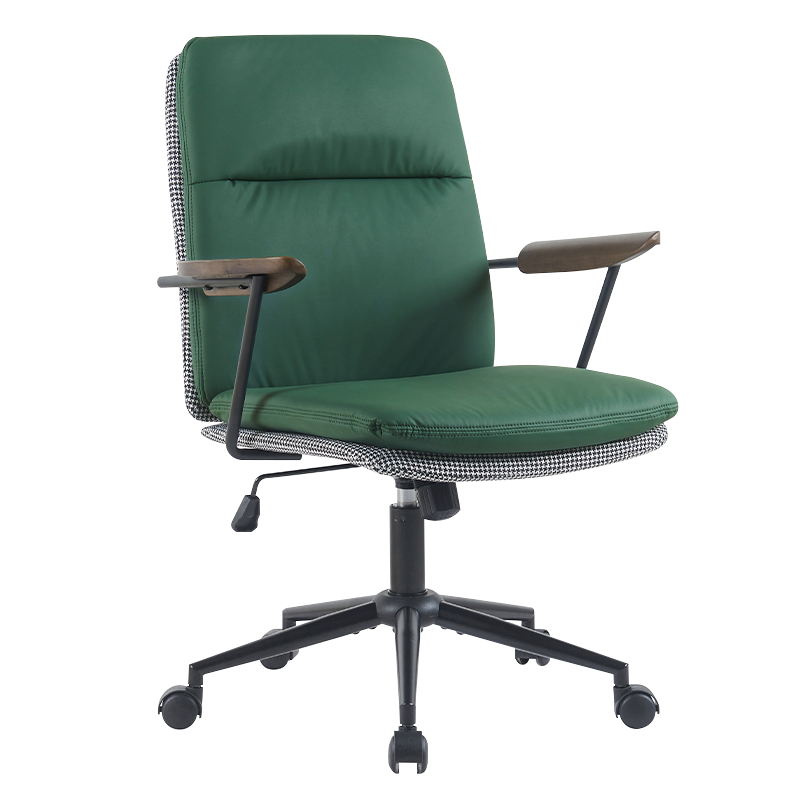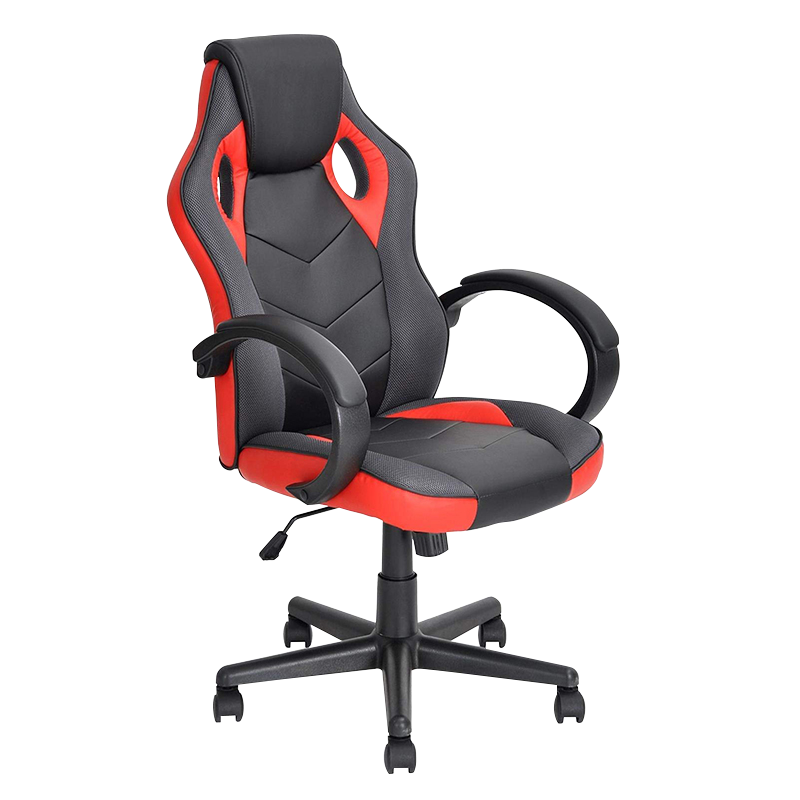How Accent Chair Ergonomics Improve Daily Seating Comfort?
2025-11-06
Ergonomics has reshaped the standards of contemporary seating design, especially within the category of the accent chair. As living spaces evolve and consumers demand greater comfort, functionality, and long-term support, the role of accent armchairs in daily environments becomes increasingly significant. Beyond adding visual character to interior décor, the modern accent chair is now engineered to provide structured support, refined posture alignment, and enhanced user well-being.
Why Ergonomics Matters in the Accent Chair Category
Ergonomics is the foundation for any seating product designed for extended use. While early versions of accent armchairs mainly prioritized aesthetics, current market expectations require a balanced combination of style, structural optimization, and comfort sustainability. The increasing use of home furniture for multitasking—reading, working, relaxing, hosting—means that an accent chair must adapt to various body positions and pressure distributions.
An ergonomic accent chair helps reduce fatigue, stabilize posture, and support natural spine curvature. These elements shape daily seating comfort, reducing long-term discomfort commonly caused by poorly designed living room chairs or soft upholstered furniture lacking supportive foundations.
Key Ergonomic Elements That Influence Daily Seating Comfort
The comfort of an accent chair relies on structural science rather than decorative appeal alone. Several ergonomic components determine its performance in real use:
Seat Depth and Hip Support
Proper seat depth allows the sitter to maintain a natural pelvic posture without feeling either constrained or unsupported.
A seat that is too deep overstretches the legs.
A seat that is too shallow shifts weight to the lower spine.
Ergonomic accent armchairs are therefore designed with depth to accommodate a range of body types while maintaining stability.
Lumbar Contouring
Lower-back support is essential for upright and semi-reclined sitting. Modern supportive lounge chairs use internal framing or molded foam layers to maintain gentle lumbar curvature, preventing slouching during long periods of reading or screen use.
Armrest Alignment
Armrests on accent armchairs contribute directly to shoulder relaxation and upper-back tension relief. Ergonomic alignment ensures that elbow height corresponds with natural arm positioning, lowering muscle strain.
Cushion Density and Pressure Balance
Comfort in upholstered accent chairs depends on foam density, rebound performance, and layered structures.
- Too-soft foam collapses and destabilizes posture.
- Too-firm foam increases pressure points.
Balanced density distributes pressure evenly and maintains shape consistency during everyday use.
Materials and Structural Technologies That Elevate Ergonomics
The development of ergonomic seating also depends on innovations in material science and support mechanics. Accent chairs now integrate multiple structures to improve performance without losing visual appeal.
High-Resilience Foam Systems
HR (high resilience) foams or multi-layer cushion constructions create consistent compression support, allowing the chair to adjust to body movement while maintaining its form.
Breathable Upholstery Fabrics
Airflow-enhancing materials—such as woven fabrics, microfiber textiles, or engineered upholstery blends—reduce heat buildup and improve long-term sitting comfort.
Reinforced Internal Frames
Steel-reinforced plywood, kiln-dried hardwood frames, or engineered composite structures ensure seating stability and prevent deformation.
Ergonomic Back Angles
The angle between seat and backrest influences comfort significantly. Modern accent chairs adopt scientifically calculated recline angles that reduce sitting fatigue.
Core Ergonomic Features in Accent Chair Design
| Feature Category | Ergonomic Function | Common Design Options | Benefit to Daily Seating |
|---|---|---|---|
| Seat Depth | Hip alignment & thigh support | 45–52 cm seating range | Prevents pressure on lower spine |
| Cushion Density | Pressure balance support | Multi-layer foam / HR foam | Maintains posture stability |
| Backrest Contour | Spine alignment | Curved back / winged back | Reduces slouching & fatigue |
| Armrest Height | Shoulder & arm relief | 20–25 cm range | Minimizes upper-body tension |
| Upholstery Material | Breathability & comfort | Woven fabric / microfiber | Reduces heat buildup |
| Frame Construction | Structural durability | Reinforced wood / steel frame | Long-term support & shape retention |
How Ergonomic Accent Armchairs Improve Daily Life Scenarios
Ergonomically enhanced accent chairs influence daily comfort in many common residential and hospitality settings. Whether used in a home office corner, living room reading area, or bedroom lounge space, they provide consistent support for various activities.
Reading and Relaxation
Ergonomic back curvature supports extended reading sessions and provides shoulder relaxation by distributing upper-body weight evenly.
Working from Home
As more consumers work remotely, accent chairs are frequently used as secondary work seating. Proper lumbar contouring and seat firmness help maintain productive posture without the strain associated with casual lounge seats.
Social Interaction and Hosting
Accent chairs are often part of social seating arrangements. Their upright support encourages comfortable conversation, while ergonomic cushioning ensures prolonged comfort.
Short-Duration Leisure Activities
Watching television, browsing on mobile devices, or engaging with home entertainment requires comfortable yet supportive seating. Ergonomic alignment prevents stiffness during these short but frequent sessions.
The Role of Aesthetics in Ergonomic Enhancement
Ergonomics and aesthetics are often perceived as conflicting goals. However, modern furniture design demonstrates that they can coexist harmoniously. Accent armchairs use visual form to complement ergonomic structure:
- Curved silhouettes naturally follow the shape of the human spine.
- Wingback or barrel designs offer built-in side support.
- Contoured cushions provide both comfort and visual sophistication.
- Upholstery patterns contribute to interior cohesion without compromising functionality.
The combination of aesthetic value and ergonomic design elevates the role of the accent chair from a decorative object to a meaningful daily comfort solution.
Modern Trends Driving Ergonomic Innovation in Accent Chairs
The rapid growth of interior design trends and lifestyle changes continues to push ergonomic advancements. Several key trends influence current development:
Multifunctional Living Spaces
Compact apartments and hybrid rooms demand furniture that adapts to multiple uses—reading, working, relaxing—making ergonomic versatility essential.
Increased Demand for Wellness-Oriented Furniture
Consumers value health, posture quality, and long-term comfort, and therefore have higher expectations for ergonomic lounge chairs and upholstered chairs.
Sustainable Materials
Eco-friendly foams, recycled fabrics, and natural materials support both environmental and ergonomic goals by offering breathability and resilience.
Minimalist Structures with Concealed Support
Modern designers integrate internal ergonomic frameworks while maintaining sleek silhouettes, enhancing performance without visual complexity.
How to Evaluate an Ergonomic Accent Chair Before Purchase
Professionals in retail or online furniture sales often highlight specific criteria to help consumers evaluate whether an accent chair offers real ergonomic value. Important factors include:
Seat Height and Leg Comfort
Seat height affects circulation, especially for prolonged sitting. The feet should rest naturally on the floor without pressure on the thighs.
Backrest Angle and Lumbar Coverage
A reliable accent chair includes adequate lumbar contour and a back angle that promotes both relaxation and upright support.
Cushion Structure
Consumers should assess whether the chair uses single-layer or multi-layer cushioning. Multi-layer systems provide better pressure distribution.
Stability and Frame Quality
Frame construction determines long-term performance. Reinforced frames resist deformation and maintain ergonomic integrity.
Upholstery Performance
Breathable, soft-touch fabrics improve temperature regulation and tactile comfort.
Product Specification Table for Ergonomic Accent Chair Overview
| Product Attribute | Description |
|---|---|
| Chair Type | Accent chair / Accent armchairs |
| Seating Style | Upright lounge seating with ergonomic back contour |
| Cushion Structure | Multi-density foam layer with medium-firm support |
| Frame Material | Reinforced hardwood or composite structure |
| Upholstery Options | Linen blend, microfiber, woven fabric, velvet |
| Recommended Usage | Living rooms, reading corners, home office spaces |
| Ergonomic Features | Lumbar contouring, optimized seat depth, supportive armrests |
| Additional Tags | ergonomic seating, modern upholstered chairs, supportive lounge chairs |
Conclusion
Accent chair ergonomics are no longer optional but essential to daily seating comfort. Modern accent armchairs combine posture alignment, structural integrity, cushion engineering, and breathable materials to provide consistent support across various living scenarios. As consumer habits increasingly emphasize multifunctionality and wellness, ergonomic seating becomes a defining element of both comfort and lifestyle quality. Through continuous refinement in materials, design principles, and structural systems, the accent chair transitions from a decorative accessory to a pivotal part of everyday comfort and modern interior environments.


 Language
Language English
English Français
Français Español
Español Deutsch
Deutsch






